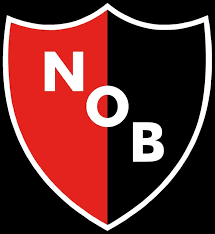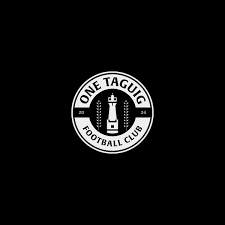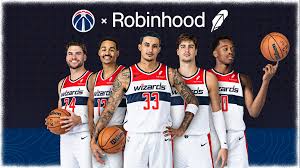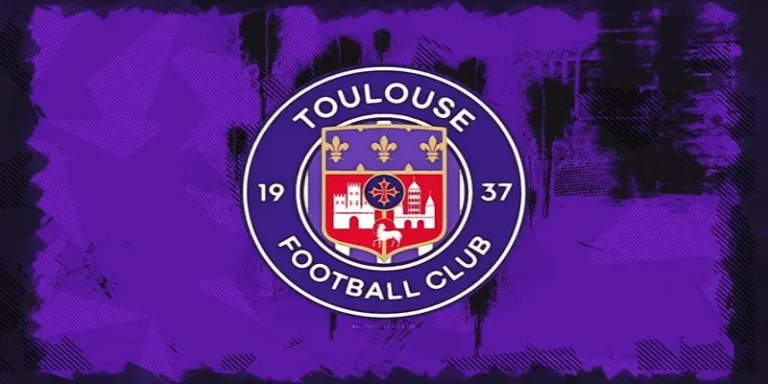
Newell's Old Boys FC
Newell’s Old Boys FC has been a prominent player in the narrative of Argentine and South American football, thanks in large part to the incredible talents that have donned their famous red and black stripes. From legends who have left an indelible mark on the club to those who have led the team as managers, each has contributed uniquely to the club’s rich tapestry. Their stories are a source of pride and aspiration, showcasing Newell’s commitment to excellence in football.
Iconic Players and Newell’s Old Boys FC
Newell’s has a storied tradition of producing world-class footballers. Among them, Lionel Messi stands out, not just for his unparalleled skill but also for the symbolic connection he maintains with the club OK9.
Messi’s formidable talent was recognized during his formative years at Newell’s, where he played alongside future stars. His time there was critical in shaping his career – it was here that he honed his skills before moving to FC Barcelona at a tender age. His legacy at Newell’s is not limited to his on-field prowess; it serves as a beacon of hope for aspiring young footballers in Rosario and beyond, emphasizing the possibilities that arise from hard work and dedication.
Alongside Messi, Gabriel Batistuta brought fame to Newell’s before achieving footballing greatness in Italy. His powerful presence, aerial ability, and striking prowess made him one of the most feared forwards in his era. Batistuta’s journey from Newell’s to global recognition is a testament to the club’s role as a breeding ground for talent.
Another influential figure is Ricardo Bochini, who is often regarded not only as a player but as a symbol of vision and creativity in the game. Known for his extraordinary skills as a playmaker, Bochini’s contributions to Newell’s resonate with the club’s fundamental principles of creativity and expressive football.
Each of these icons has left an undeniable mark, inspiring future generations of Newell’s players while affirming the club’s place in football history.
Celebrated Coaches and Their Impact
While legendary players often take the limelight, the impact of celebrated coaches cannot be overlooked. Emilio Ucar is one such figure; under his guidance, Newell’s clinched their first Chilean league titles in the late 1970s. Ucar’s philosophy fused traditional Argentine styles with a focus on tactical discipline, laying the groundwork for future success at the club. His understanding of blending youthful exuberance with seasoned professionals proved vital for Newell’s early triumphs.
Another notable manager, Gerardo Martino, made headlines during his tenure by nurturing young talents and introducing innovative tactics that set Newell’s apart from rivals. His vision saw the team embrace a more assertive style of play, marked by fluid attacking movements that resonated with fans and improved their standing in domestic competitions. Martino’s legacy promotes a culture of intellectual engagement with football that benefits players’ understanding of the game.
Fernando Gamboa is also worthy of mention, as he brought stability during key domestic campaigns. His emphasis on teamwork and discipline created a formidable unit capable of navigating the challenges of Argentine football’s intense competition. Gamboa’s influence extends beyond trophies; he fostered an environment that allowed players to develop and thrive.
The interplay between players and coaches has been instrumental in creating a successful footballing philosophy at Newell’s, illustrating the importance of synergy in sports.
Development of Future Stars
The excellence cultivated at Newell’s Old Boys extends to its impressive youth academy, regarded as one of the best in Argentina. The academy’s focus on developing players who can seamlessly transition to the senior team embodies the club’s commitment to nurturing local talent.
Potential stars often find themselves trained under experienced coaches who prioritize technical skills and understanding of the game. Recent alumni like Maxi Rodriguez and Ezequiel Lavezzi are prime examples of the quality that emerges from this system. Rodriguez’s accolades included vital contributions to Newell’s and the Argentine national team, while Lavezzi’s journey took him to global prominence across several top European leagues.
What stands out is the club’s belief in providing opportunities for youth. Many young players debut in the first team before moving on to larger leagues, where they gain international experience. This not only highlights Newell’s as a talent incubator but strengthens its reputation in the footballing community.
The success of the youth academy is also a reflection of the club’s holistic approach, where players are not merely shaped into athletes but also into well-rounded individuals who cherish their roots. It fosters an enduring connection to the community, emphasizing that the club isn’t just about football but about creating individuals who can contribute positively to society OK9 events.
The Cultural Significance of Players
The players of Newell’s Old Boys FC are celebrated not only for their technical skills but for their cultural significance within the community. A player who excels on the field often becomes a role model, inspiring countless young fans to pursue their dreams.
The connection players maintain with their roots is profound. Many Newell’s players are involved in local community initiatives aimed at improving living conditions for families in Rosario. This not only bolsters their relationship with fans but also ensures that subsequent generations understand the importance of giving back.
Additionally, former players often return to the club, not just to commemorate their time but to engage with young players. They share experiences, providing budding talents with insights on both the struggles and triumphs associated with pursuing a professional football career.
This cultural significance extends beyond football; it showcases how sports can unite a community and inspire positive change. Newell’s legacy is one of commitment to not only developing talent on the pitch but also instilling values that resonate deeply with the community’s identity.



